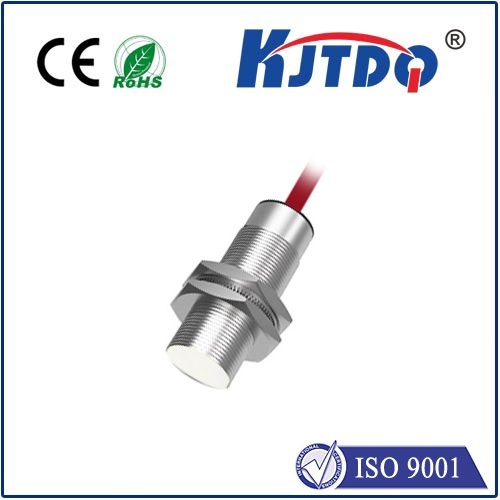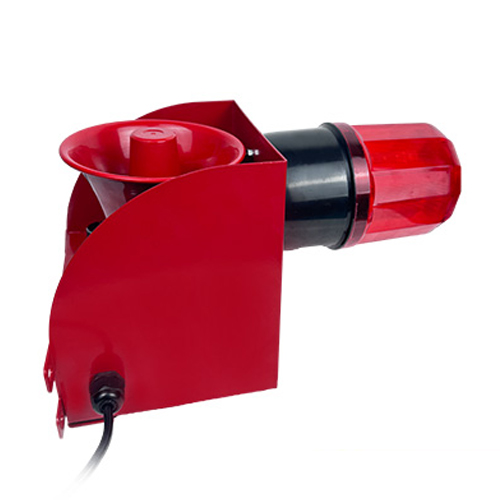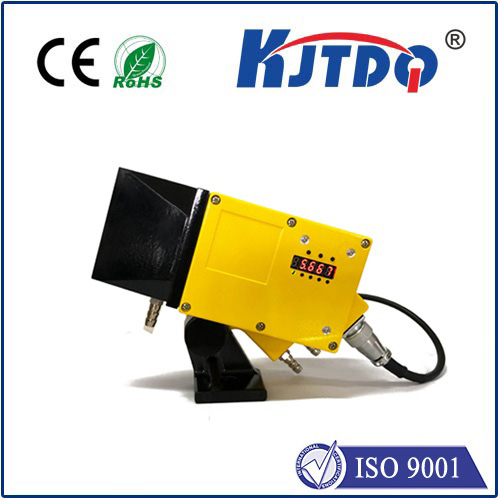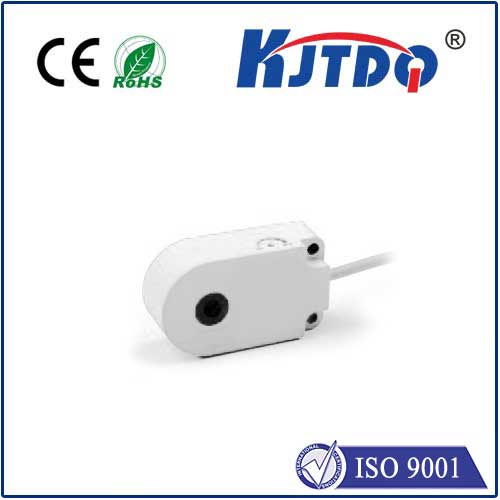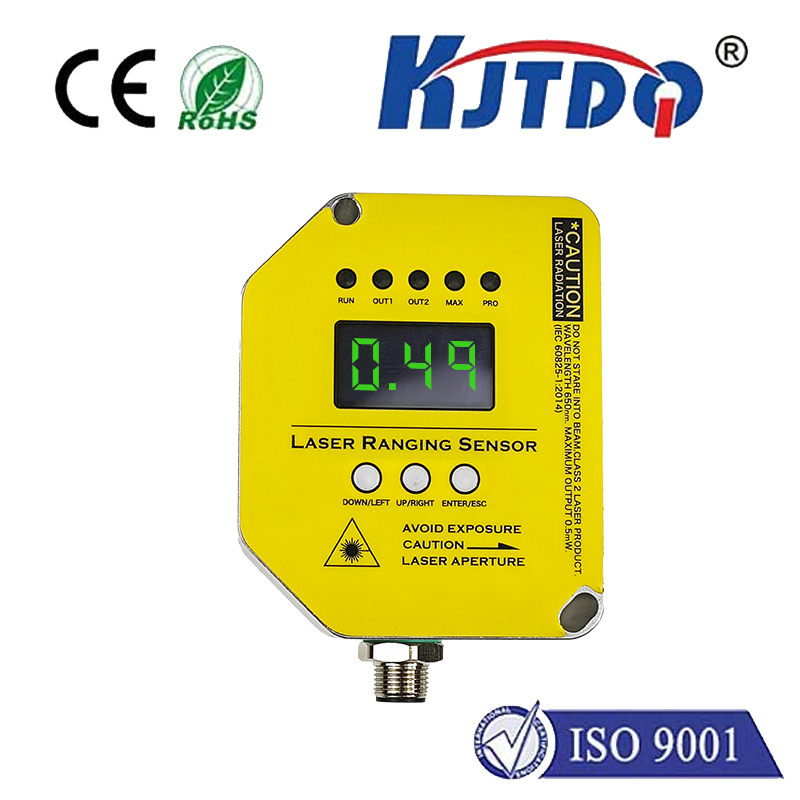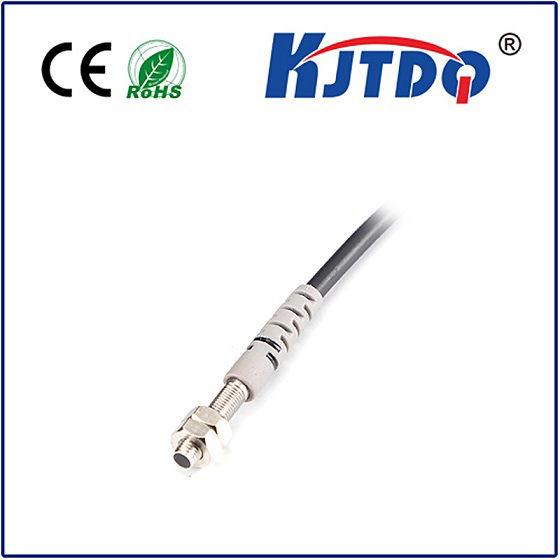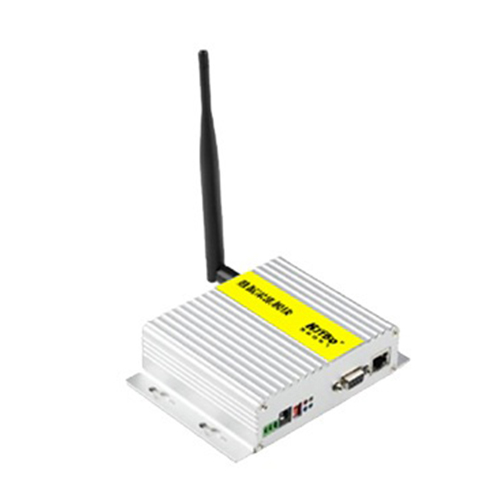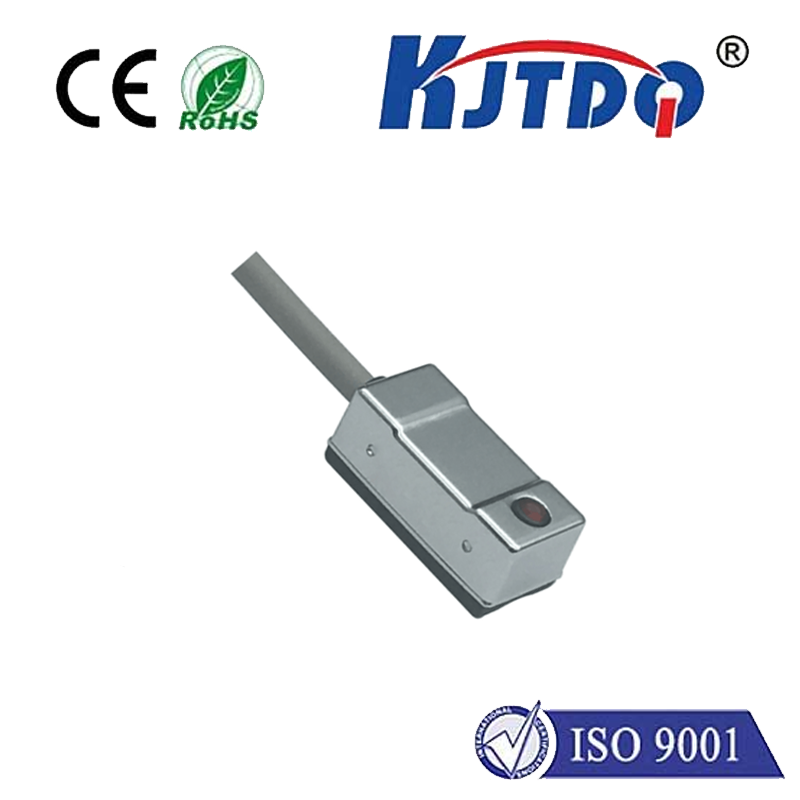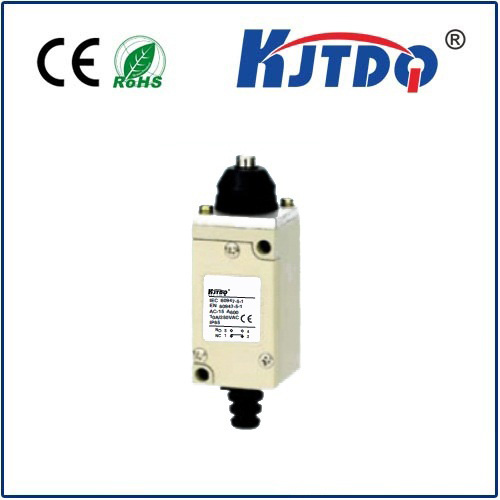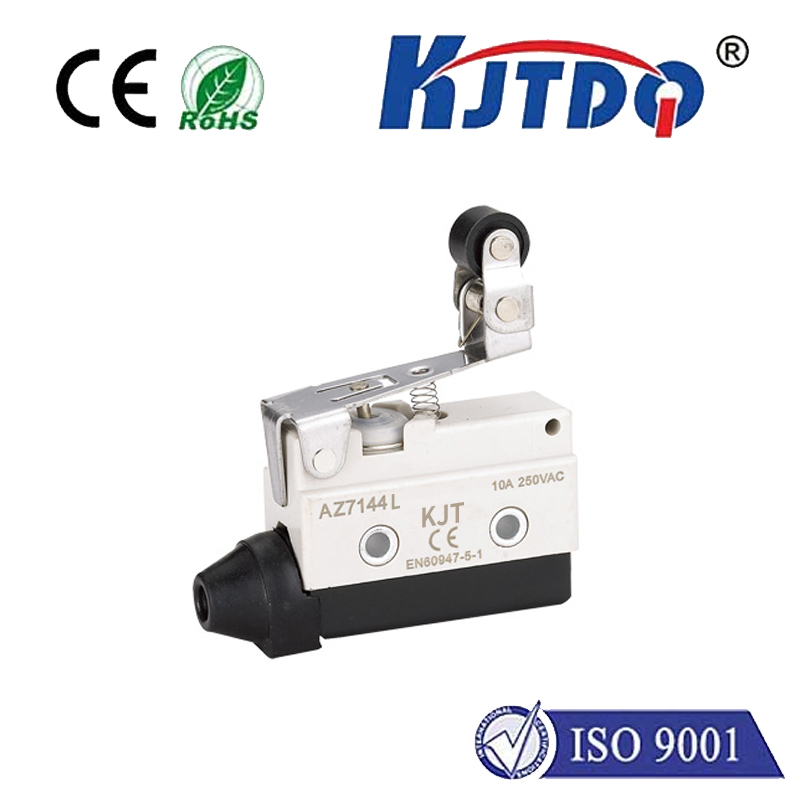Датчик приближения 220vac
- time:2025-09-08 00:17:40
- Нажмите:0
Proximity Sensor 220V AC: Reliable Detection in High-Voltage Industrial Settings
Picture this: a massive industrial conveyor belt rumbles, transporting heavy metal components at high speed. Near a critical junction, a robotic arm precisely swings into position for welding. The margin for error is razor-thin. How does this complex dance proceed safely, reliably, without collisions? The answer often lies with an unseen guardian: the 220V AC proximity sensor. These robust devices are the cornerstone of automation in demanding, high-voltage environments, offering dependable detection without physical contact.
Understanding the 220V AC Advantage
Unlike their low-voltage counterparts (commonly 12-24V DC) requiring separate power supplies, 220V AC proximity sensors integrate directly into standard industrial mains power circuits prevalent in factories worldwide. This direct AC operation eliminates the need for additional power conversion equipment (like DC power supplies), simplifies wiring, reduces potential failure points, and leverages the readily available high-voltage infrastructure. It’s a fundamental design choice for environments where power lines humming at 220 volts AC are the norm.
Core Principles: Non-Contact Sensing Magic

At their heart, 220V AC proximity sensors operate on the principle of non-contact sensing. They don’t need to physically touch the target object to detect its presence or absence within a defined range. Most industrial AC proximity sensors are inductive type. Here’s how they work:
- Internal Oscillator: The sensor contains an oscillator circuit generating a high-frequency electromagnetic field emanating from its active face.
- Field Disturbance: When a metallic target (steel, aluminum, brass, etc.) enters this electromagnetic field, it induces eddy currents on the target’s surface.
- Signal Damping: These eddy currents draw energy from the sensor’s oscillating field, causing a detectable damping effect.
- Signal Processing & Output: The sensor’s internal electronics detect this change in oscillation amplitude. Consequently, it triggers an internal solid-state switch (like a triac) connected to its output terminals. This switch changes state (e.g., closes a circuit), effectively converting the target’s presence into an electrical signal read by controllers like PLCs.
Key Features & Benefits of 220V AC Proximity Sensors
These sensors bring powerful advantages to harsh industrial settings:
- Direct Mains Integration: Seamless connection to 220V AC power lines simplifies installation and reduces component costs associated with DC systems.
- Прочная структура: Built to withstand the rigors of factories, featuring rugged metal or high-grade plastic housings, often with impressive IP67 or IP68 ratings for exceptional resistance to dust, moisture, oil, and coolant ingress.
- High Reliability & Longevity: The solid-state design (no moving parts) ensures millions of reliable switching cycles. They are far less prone to mechanical wear and tear compared to mechanical switches.
- Fast Response Times: Detecting targets in milliseconds, making them ideal for high-speed automation and control processes.
- Independence from Target Characteristics: Sensing is unaffected by surface color, texture (as long as it’s metal), or luminosity. They work equally well on dirty, oily, or wet surfaces where optical sensors might fail.
- Harsh Environment Operation: Excellent performance in environments filled with dust, smoke, steam, vibration, and fluctuating temperatures – common in foundries, machining lines, wood processing, and material handling.
- Versatility in Detection: Primarily designed for metals, but specialized variants (like capacitive sensors often also available in AC versions) can detect non-metallic materials like plastics, wood, or liquids.
Critical Applications: Where 220V AC Proximity Sensors Shine
Their unique blend of robustness and direct high-voltage compatibility makes them indispensable across numerous sectors:
- Machine Tooling: Detecting tool presence/absence, workpiece positioning, spindle indexing, pallet and turret positioning. Crucial for CNC machines, lathes, mills.
- Material Handling & Conveyors: Monitoring conveyor belt presence/position, detecting jams, counting packages or parts, controlling diverters and gates. Ensuring smooth material flow in distribution centers and production lines.
- Packaging & Bottling: Verifying container presence for filling and capping at high speeds, detecting labels, controlling filling levels (via capacitive variants), and monitoring film/web breaks.
- Robotics & Automated Assembly: Providing precise position feedback for robotic arms and end effectors, verifying part presence in fixtures, detecting clamps open/closed. Essential for precise automation cycles.
- Heavy Machinery & Hydraulics: Monitoring cylinder end positions, detecting the state of large valves or clamps, confirming the position of heavy doors or hatches.
- Process Control: Detecting the presence of metal parts in ovens, furnaces, or coating lines.
- Automotive Manufacturing: Ubiquitous in assembly lines for component positioning, weld gun verification, robotic guidance, and safety guarding initiation.
Selecting the Right Sensor: Key Considerations
Choosing the optimal 220V AC proximity sensor involves several factors:
- Sensing Distance: Ensure the nominal sensing range meets your application needs (consider factors like target material and mounting).
- Housing Size & Shape: Cylindrical (M8, M12, M18, M30), rectangular, or block styles to fit the mounting constraints.
- Output Configuration: Typically, 2-wire design (load in series) is standard for AC sensors. Check voltage (220V AC), current rating, and whether Normally Open (NO) or Normally Closed (NC) operation is needed.
- Environmental Protection (IP Rating): Match the rating (e.g., IP67, IP68) to the dust and moisture exposure level.
- Target Material: Standard inductive sensors work on metals; specify if non-metallic targets need detection (requiring capacitive AC sensors).
- Temperature Range: Ensure it operates reliably within your environment’s temperature extremes.
- Special Features: Consider shielded (flush mountable) vs. unshielded (requires space around sensor face), resistance to weld spatter, or high-temperature variants.
The Indispensable Industrial Workhorse
In the demanding world of high-voltage industrial automation, where reliability, durability, and integration ease are paramount, the 220V AC proximity sensor stands as a fundamental component. Its ability to provide precise, non-contact detection directly on mains power makes it a preferred solution for countless position monitoring, object detection, and safety-related applications. From gritty factory floors to high-precision assembly lines, these sensors perform invisibly yet indispensably, ensuring processes run smoothly, efficiently, and safely. Choosing the right one for the job is a critical step in building robust and resilient automated systems.



![[Good news] KJT was awarded the "Technology Service Station" license by the Provincial Mechanical Engineering Society! [Good news] KJT was awarded the "Technology Service Station" license by the Provincial Mechanical Engineering Society!](https://www.kjt-sensors.com/uploadfile/ueditor/image/202302/1675388443278b04.jpg)



